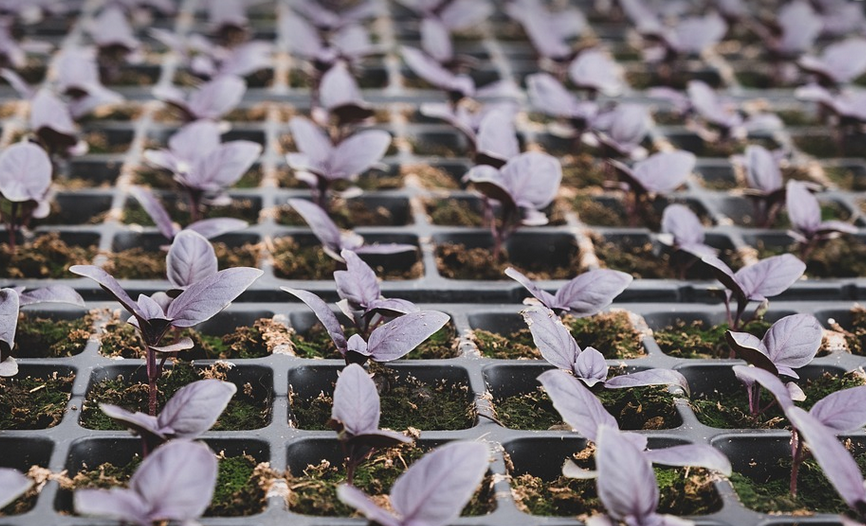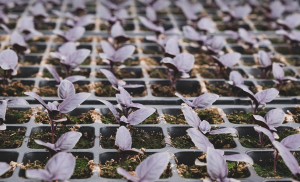Unlocking the Potential of Gene Expression with Bio-Rad’s pGLO Transformation Kit
In the intricate dance of molecular biology, transforming bacteria is a fundamental technique that grants scientists access to the very core of life’s processes. Whether you’re investigating gene function, studying genetic expression patterns, or even exploring antibiotic resistance mechanisms, pGLO transformation offers a powerful platform for your experiments.
Enter Bio-Rad, a leading player in molecular biology and biotechnology, who’s dedicated to providing researchers with high-quality tools and solutions. Their pGLO Transformation Kit, a staple in countless labs worldwide, simplifies the process of transforming bacteria with a recombinant plasmid DNA, making it accessible even for those without extensive experience.
The success of pGLO transformation hinges on several key factors. It’s not simply about mixing together ingredients; it requires meticulous attention to detail and an understanding of the underlying principles that drive this molecular ballet.
This guide will serve as your personal introduction to the fascinating world of pGLO Transformation, a journey into the intricacies of bacterial genetics and a chance to unlock the hidden potential of gene expression. We’ll delve deeper into the kit’s components, explore the transformation protocol step-by-step, address common challenges, and offer solutions for troubleshooting.
Let’s begin this exploration of recombinant DNA technology with Bio-Rad’s pGLO Transformation Kit.
### The Art of pGLO Transformation: Unpacking the Components
The pGLO Transformation Kit typically comprises:
**1. Competent E. coli Cells:** These special cells have undergone a transformation process themselves, rendering them receptive to the introduction of new genetic information. Think of them as the “waiting crew” for our recombinant plasmid DNA.
**2. pGLO Plasmid DNA:** This engineered plasmid carries the green fluorescent protein (GFP) gene. When introduced into competent E. coli cells, it triggers a cascade of events that lead to fluorescence.
**3. Transformation Buffer:** The magic starts here! This special buffer ensures optimal cell permeability and facilitates the efficient uptake of pGLO plasmid DNA by the bacterial cells.
**4. Protocol Guide & Safety Information:** For those who prefer a more structured approach, this guide provides step-by-step instructions for the transformation process, including crucial safety precautions.
Let’s delve into the transformative power of pGLO: the journey from bacterial cells to glowing colonies.
### Transforming Bacteria: A Step-by-Step Guide
The transformation process is meticulous and requires a systematic approach. Here’s how it typically unfolds:
**1. Prepare your competent E. coli cells:** Carefully select the appropriate strain of E. coli for your experiment. These cells come pre-competent, ready to be transformed.
**2. Pre-warm the transformation buffer:** This step is essential for maintaining a stable and favorable environment for the bacteria.
**3. Dissolve the pGLO plasmid DNA in the transformation buffer:** A clear solution ensures proper mixing and efficient cell uptake.
**4. Briefly incubate the cells with the pGLO and transformation buffer: **This allows for optimal interaction between the plasmids and bacterial cells.
**5. Plate the transformed bacteria:** This is where the magic really happens! The bacteria, now carrying the pGLO plasmid, are plated onto solid media to allow them to grow.
**6. Incubate the plates: **The process of incubation provides ideal conditions for bacterial growth and allows the expression of GFP.
**7. Observe for fluorescence:** This is where the real magic unfolds! The bacteria that have successfully taken up the pGLO plasmid will glow, revealing the power of genetic manipulation.
### Challenges and Solutions: Troubleshooting Your Transformation
Even with meticulous preparation and execution, there may be bumps in the road. Here’s a peek into common difficulties encountered during the transformation process:
**Low transformation efficiency:** This could signify that the cells are not receptive to plasmid DNA or that the transformation protocol needs tweaking.
**Incorrect buffer concentrations: **Ensure that the correct buffer concentrations are used, especially for the competent E. coli cells and the pGLO plasmid dilution
**Contamination: ** Sterile techniques are crucial. Using sterile equipment and working in a clean room environment will minimize contamination and improve efficiency.
### The Future of pGLO Transformation
Bio-Rad continues to expand the capabilities of their pGLO kit, offering new variations that further empower researchers:
**Advanced Plasmid Vectors: ** New vectors with enhanced properties for specific research needs.
**Improved Protocols: **New protocols offer better efficiency and precision.
**Automation: **Automated platforms enhance workflow efficiency and accuracy.
The future of pGLO transformation is bright, promising even more exciting breakthroughs in the world of molecular biology. Prepare to witness a continued evolution of this dynamic technique!



















